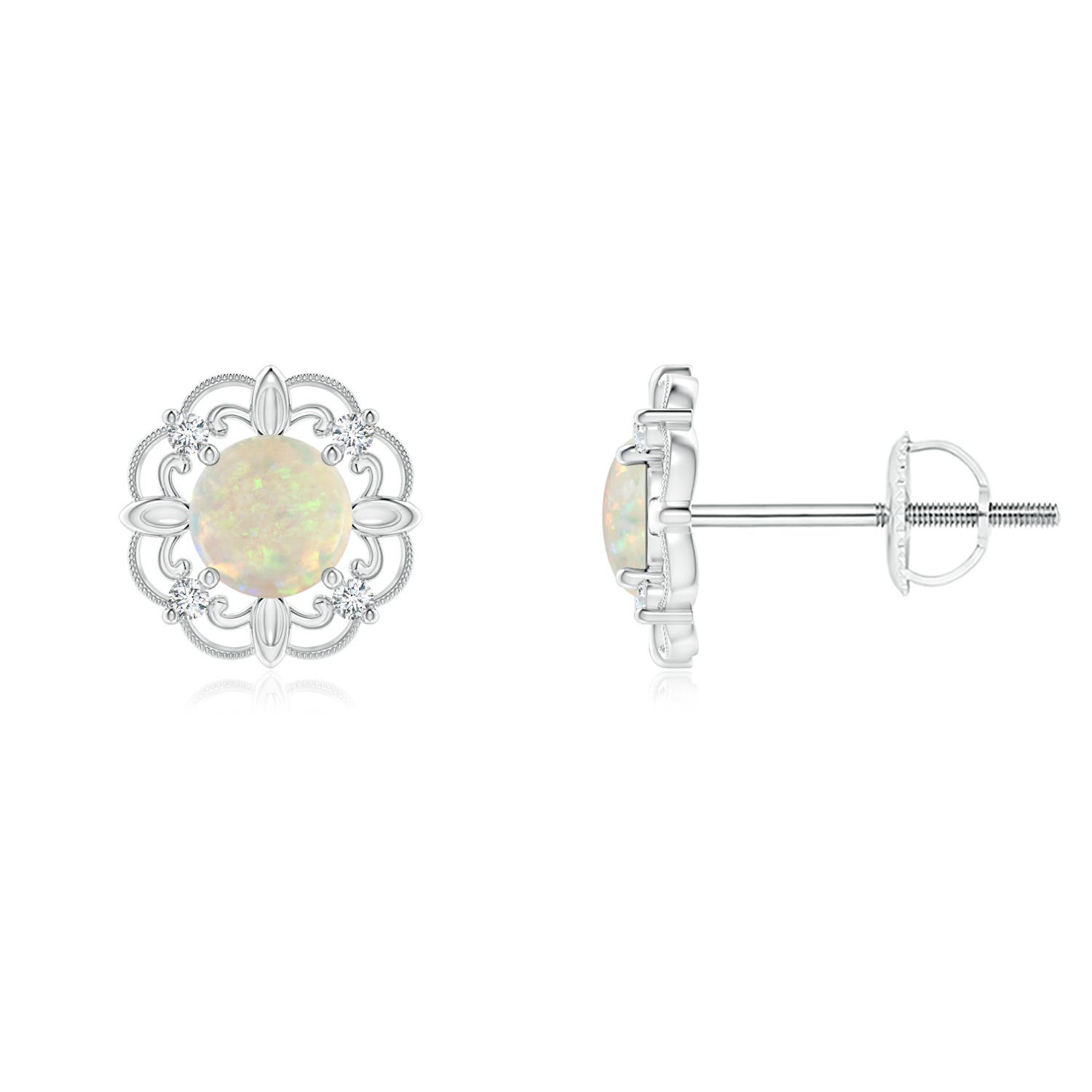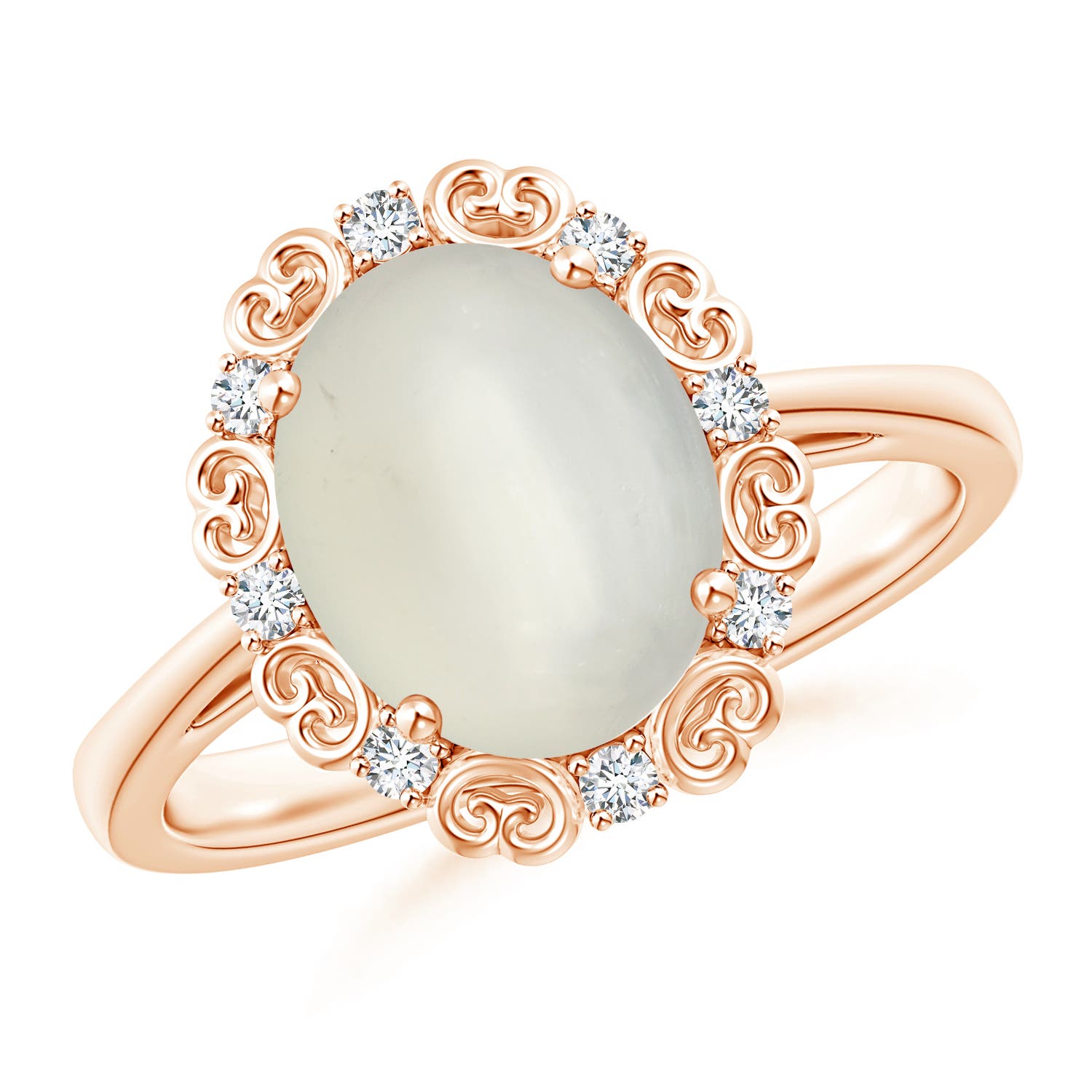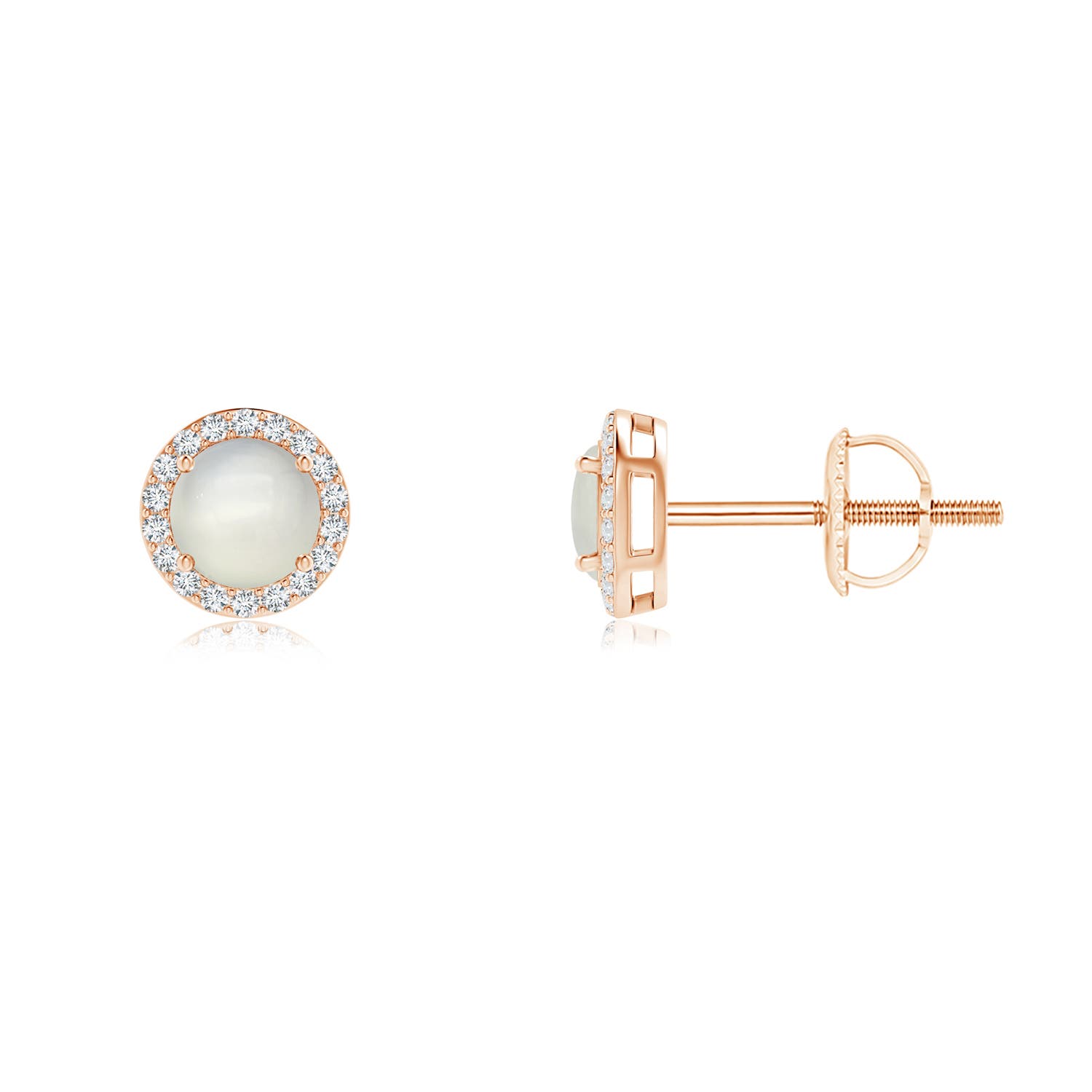In a world full of sapphires, rubies and emeralds, there are a few gems that stand out with their rather simplistic and demure charm. But there’s more to the opal and moonstone than meets the eye.
With this comparative analysis, we’ll unfold interesting facts about these gems that you may not have known.
Shop Jewellery
| Moonstone Jewellery |
Opal Jewellery |

Opal vs. Moonstone: What’s the Difference?
Opal and moonstone are two of the most intriguing jewels available today. You might find similarities in their appearance at first go, but they’re unique in their own ways.
Here’s what makes them different from each other…
1. Chemical Composition
Opal
This gem is made up of tiny silica spheres, formed when silica-rich water enters into the deep voids and cracks present on the earth’s crust. Technically, the opal is a hydrated amorphous form of silica and is classified as a mineraloid.
Moonstone
It is a variety of the feldspar group, one of the most commonly found minerals spread across the earth’s crust. Moonstone, specifically, is a combination of two feldspar minerals – albite and orthoclase.
2. Colour
Opal
This gem can be opaque, transparent, or translucent, depending on the conditions under which it is formed. The opal’s background shade is usually black or white but can also showcase absolutely any colour from the visual spectrum.
So if you are planning a jewellery purchase, an enticing piece glittering with this gemstone is the perfect fit for you. Also, opal rings instantly delight women who wish to a rainbow of colours on their fingers.
Moonstone
In addition to shades of white, this gem is also found in a colourless state. The moonstone’s background or body colour can range from green, yellow, and brown to grey and almost black.
3. Location
Opal
Around 95-97% of the world’s opal supply comes from Australia, but this isn’t the only country where it is found. Other prominent sources include Mexico, Ethiopia, Slovakia, Turkey, Hungary, Nevada, and Brazil, to name a few.
Moonstone
This jewel can be found in many locations, including India, Madagascar, Brazil, and Australia. That said, the best-quality moonstones are believed to be sourced from Sri Lanka.
4. Treatment
Opal
This gem is usually subjected to various treatments to improve its durability and enhance the visibility of colours.
Sugar treatment is one such procedure in which white, grey, and black opals are usually first submerged in a sugar solution and then in sulfuric acid. The result is a more vibrant play-of-colour.
Another standard treatment is the smoke method, wherein the opal is wrapped in paper before being exposed to smoke and fire. The soot then penetrates the gemstone’s surface and darkens it while improving its overall appearance.
Moonstone
An interesting fact about the moonstone is that it typically is devoid of any artificial enhancements. Sometimes, to improve the appearance, this gem might be surface-coated, but such instances are quite rare.
5. Toughness
Opal
On Mohs scale of mineral hardness, 1 denotes an extremely malleable gem, while the rating of 10 suggests that the jewel is exceptionally strong. Though beautiful, opals are delicate and have a rating of 5.5 – 6.5, which means they are susceptible to scratches and breakage.
Moonstone
Moonstone has a rating of 6 – 6.5 on the Mohs scale, which means it is somewhere in between and isn’t too sturdy. Double cleavage is another feature that this gem possesses, making it vulnerable to breakage if subjected to a hard blow.
6. Rarity
Opal
While white, grey, and green-toned opals are readily available, black and red-hued varieties of this gem are extremely rare.
The opal’s value and rarity are also affected by the play-of-colour (spectrum of colours visible on the surface). Most of these gems radiate flashes of green and blue. However, opals with warmer flashes, such as a blend of red, pink, yellow, and orange, are considered to be quite rare.
Moonstone
It is easy to find moonstones with less carat weight; however, large moonstones are incredibly sparse.
7. Major USPs
Opal
Besides the aesthetic value offered by its play-of-colour, the opal’s beauty lies in its uniqueness. Because of their interesting chemical composition, no two opals look exactly the same.
Moonstone
This gemstone is applauded for the adularescence it showcases. This optical phenomenon refers to the white, silver, or blue glow that can be noticed on the stone’s surface.
Which One Should You Buy?
Well, it’s really up to you.
Opals are a great option if you’re looking for a gem that’s instantly recognizable. On the other hand, if you want a jewel infused with subtle sophistication and mystery, then moonstone is the one for you.
Good to Know
Opals have a rating of 5.5 – 6.5 on Mohs scale of mineral hardness, while the moonstone falls between 6 and 6.5. This essentially means that both of them are susceptible to scratches and breakage, with opals being a tad more vulnerable. Therefore irrespective of which gem you go for, keep in mind that additional care needs to be taken if you intend to wear either of these beauties on a daily basis.
Verdict
The main USP of opals is that they’re completely unique; this essentially means no two opals look the same and they can be as diverse as a finger print or a snowflake. In addition to this, opals are also loved for their play-of-colour, which varies depending on millions of tiny, amorphous silica spheres present in their chemical structure. Irrespective of which variety you choose, this gem will certainly become a distinct addition in your jewellery box.
Moonstone, on the other hand, is blessed with an optical phenomenon called adularescence. This feature is responsible for giving it a glow that looks akin to a moon lying still under the calm of the ocean. This very appearance has also led to the birth of numerous legends about this gem.
Moonstone isn’t as renowned as the opal, but it is steadily climbing the ladder of popularity. We think it’ll be a lovely choice for those who seek subtle elegance. So if you wish to try out a relatively new jewel, then the moonstone won’t disappoint. But if you want to wear jewellery adorned with a gem that’s instantly recognizable then opal will be perfect.
When you shop at Angara, you will find jewellery adorned with the ethereal opal and the mystical moonstone. Choose from stunning rings, gorgeous earrings, beautiful pendant necklaces and stylish bracelets in designs that are timeless and charming. Add your personal touch to the pieces you select by getting them crafted in the metal, gemstone quality and carat weight of your choice. Hurry up, get your hands on our breathtaking opal jewellery and mesmerising moonstone jewellery.


































